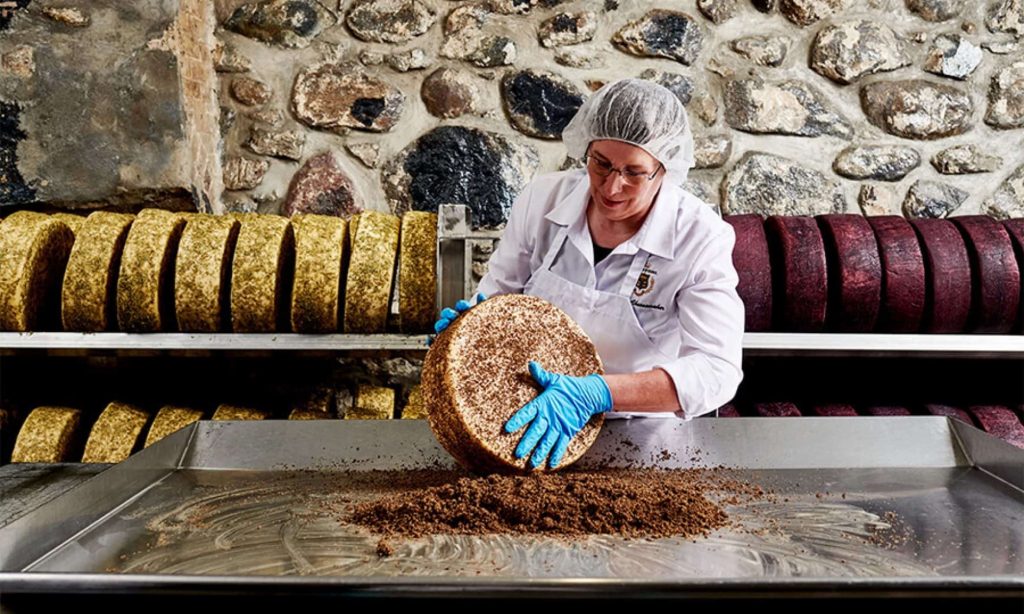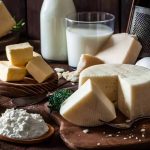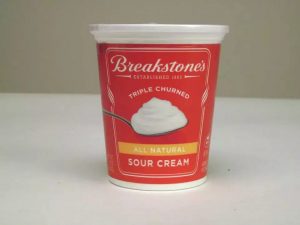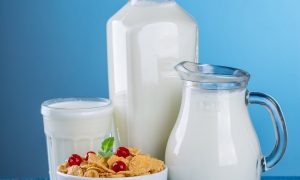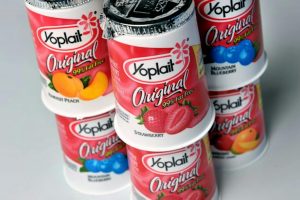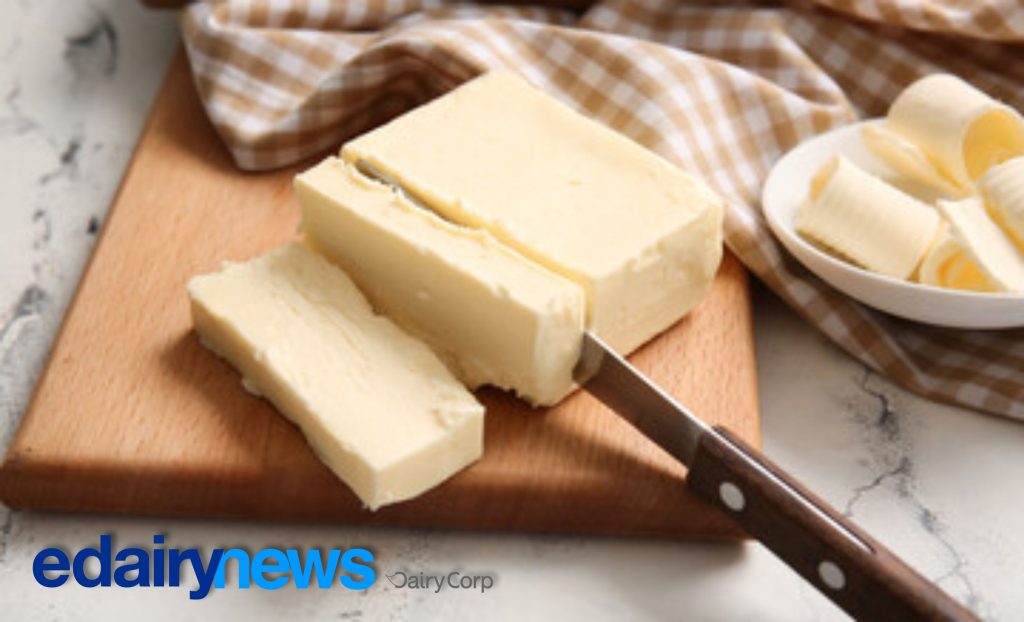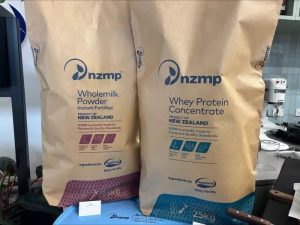
If Wisconsin was a country, we would rank fourth in the world in cheese production, behind the rest of the United States, Germany and France.

Wisconsin also has the only cheesemaker program outside of Europe and of the Master Cheesemakers, there are only two women. Pam Hodgson of Sartori Cheese in Plymouth Wis. is one of them.
Hodgson’s family have been farmers in the area since the 1840s, and the legacy of cheesemaking goes back to her grandfather, George Hinz. For her, cheesemaking was a passion that she discovered while initially pursuing other interests.
Hodgson attended UW-Madison and studied cows with intentions of becoming a dairy farmer as her parents were. “We needed a little bit more money to fuel the dream. So there was an opening at cheese plant in the area for quality assurance supervisor and I took the job,” Hodgson recalls. “And once I was in the plant, I just fell in love with cheese making … I had no intention of becoming a cheesemaker, but like my maternal grandfather, it turned out to be a fantastic career for me.”
“Stay away from people who belittle your ambitions. Small people always do that. But the truly great ones make you believe that you, too, can become great”
-Mark Twain
The fast paced environment and challenges of cheesemaking became the aspects that Hodgson grew to appreciate about the field. Cheesemaking involves art, skill and science. Hodgson’s preferred term for the process is “craft.”
Today’s cheesemakers have powerful tools at their disposal such as modern automated technology and increased scientific understanding. But, those aids are no substitute for the artistry of cheese making, says Hodgson. “What automation or technology does for us is it helps us be more consistent. But in itself it doesn’t make us better. It takes the cheese maker to make the cheese good.”
An integral part of cheesemaking always involves starter bacteria. This is bacteria that ferments the lactose in the milk to bring the pH level down, which increases food preservation according to Hodgson. Then, the process of crafting the cheese and working on the flavors can take place.
Another essential component to making good, quality cheese is patience. Many cheeses, particularly the award-winning ones, need to be aged for months. That process is another exciting component for Hodgson.
She says, “I’ve worked really, really hard to get to where I am. So, it’s very humbling but it’s also part of our Wisconsin dairy pride. We always want to be improving, we wanna make great kinds [of cheese]. I mean, after all, we have ‘Americans Dairy Land’ on our license plate. That should mean something, right?”
Pam Hodgson will be part of the Art of Cheese Festival this weekend in Madison, Wis. She will be part of several presentations including, Cheesemaking 101: Science for Cheese Geeks.
